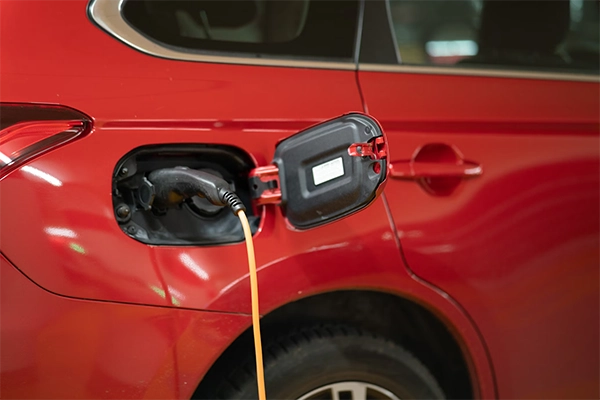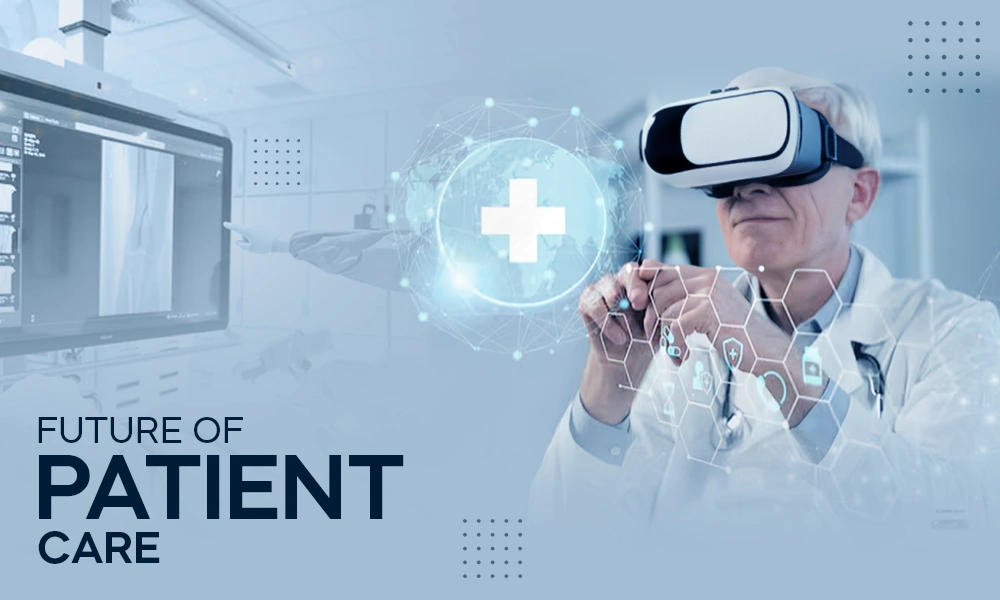According to the Global EV Outlook 2024, nearly 1 in 5 cars sold in 2023 was electric. With the growing popularity of Electric Vehicles (EVs), its charging infrastructure has been a key topic of discussion.
High-speed charging or DC fast charging (aka Level 3 charging) is the major development in this area. This advanced technique looks promising and will help to reduce the charging time drastically.
Read this blog to explore the advantages of using high-speed charging for your electric vehicle. The idea is to provide a comprehensive understanding of its impact on battery and what it offers to you.
The Convenience

DC fast chargers are revolutionizing the way we approach EV charging. The most obvious advantage of this fast charging capability is that it drastically reduces the time of charging from 0 to 100. It is extremely efficient and convenient in this fast-paced world.
Traditional chargers used to take several hours to charge an EV battery, which used to be a major reason why people did not like to buy an EV. These high-speed chargers can charge the battery from 10 to 80 % in just around 18-20 minutes.
This is a significant development in the field of battery charging. It offers a practical and fast charging solution for those who want to minimize downtime and increase the travel range of their vehicle.
One thing to keep in mind is that you should buy a vehicle that is compatible with Level 3 chargers.
Supporting Longer Journeys and Road Trips
We all love to go on long drives and road trips. Right? However, the adoption of EVs was really difficult earlier because of its lack of good travel range.
Now, high-speed charging has changed the perception of EVs concerning long-distance travel. It was challenging to go on road trips on an EV due to long recharge times and limited availability of fast-speed chargers.
The improved infrastructure is eliminating these obstacles, and you can now plan long-distance travel on EVs with the same confidence as traditional vehicles. This is a great development for families, travelers, and professionals who use their vehicles for long trips.
Careful route planning and strategic use of the recharging stations are important to fully enjoy long-distance travel with EVs.
Environmental and Economic Advantages
One of the major advantages of adopting electric vehicles is its role in fighting climate change and reducing carbon footprint. EVs are also more energy-efficient than traditional vehicles using internal combustion.

Quick charging stations will further make them more efficient and attractive. More people will look to adopt electric vehicles, leading to a reduction in carbon footprint. The environmental benefits will further increase when the electricity grid powering these fast charging stations becomes cleaner.
If we talk about the economics of using a fast charger, you can reduce your charging cost by utilizing off-peak rates of electricity. Many DC fast charging stations are also offering memberships, which can further reduce the cost.
Additionally, the increase in the adoption of these DC chargers can also lead to the creation of more jobs in the manufacturing and service sectors.
Enhancing Battery Health and Longevity
You have now understood the importance of high-speed charging. However, these benefits come with some potential drawbacks. Some critics argue that these fast chargers can impact your battery health and longevity.
These chargers generate excessive heat, which is a major villain of lithium-ion batteries. Batteries can experience dendrites formation in Li-Ion cells due to a high charge rate. This can cause an internal short and the chances of this occurrence are much higher in DC fast charging.
Furthermore, it can also increase the wear and tear of the battery. This can result in a reduction in battery health and capacity. In simple terms, your battery won’t be able to hold its full charge.
The Role of Government and Industry Collaboration
Faster adoption and development of EV technology and its supported infrastructure is only possible with the collaborative efforts of governments, utility providers, and private companies.
The standardization and interoperability of fast charging stations are important to provide convenience to consumers. Plus, governments can play a major role in globally developing the fast-charging infrastructure by offering incentives.
The collaboration is also important to optimize the distribution of infrastructure based on demand and different traffic patterns. These shared efforts also promote cost-sharing, making it economically viable.
Stakeholders should also focus on coming up with more innovative solutions to expand the network and make it more accessible.
To conclude, the future of EV chagrin looks bright. If everything goes well, we can soon see a world with cleaner and more sustainable vehicles on the road.




